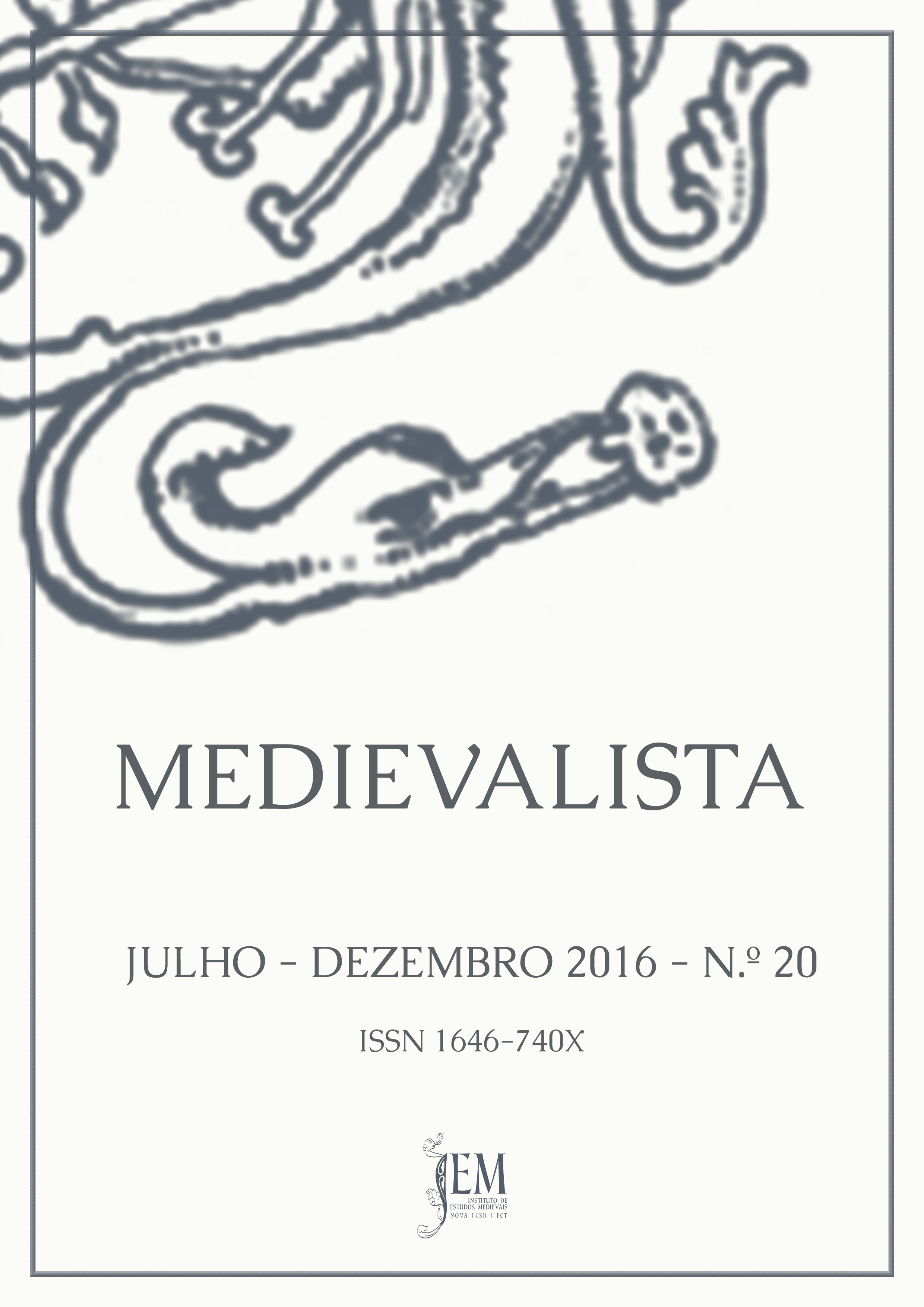Monsters, prodigies and wonders in Pero Tafur's trips
DOI:
https://doi.org/10.4000/medievalista.1202Keywords:
Monsters, Wonders, Travels, Pero Tafur, Middle AgesAbstract
This paper analyzes the concept of the monstrous in travel books from the late Middle Ages. We review the work Andanças e viajes by Pero Tafur, a Spanish travel book written during the fifteenth century. While the recent historiography argues that the supernatural and wonderful events are scarcely used by the traveler in his work, our research examines how the notion of the monstrous is inserted into the tradition of the wonders of the medieval travel. The monsters reflect a disorder in nature, representing the low and evil. They are an anomaly that escapes from traditional forms, expressing excessive, huge and grotesque characteristics. Tafur applies this concept of the monstrous in his travels and adventures. The traveler preserves the use of mirabilia narrative tradition of medieval travelers. For the traveler, the monster is manifested through prodigious beings and wild beasts, having an extraordinary and supernatural character. In other words, the monster denotes explicit elements that make a difference; but at the same time, creates surprise, amazement, horror and wonder.
Downloads
Downloads
Published
How to Cite
Issue
Section
License
Copyright (c) 2025 Medievalista

This work is licensed under a Creative Commons Attribution 4.0 International License.





















